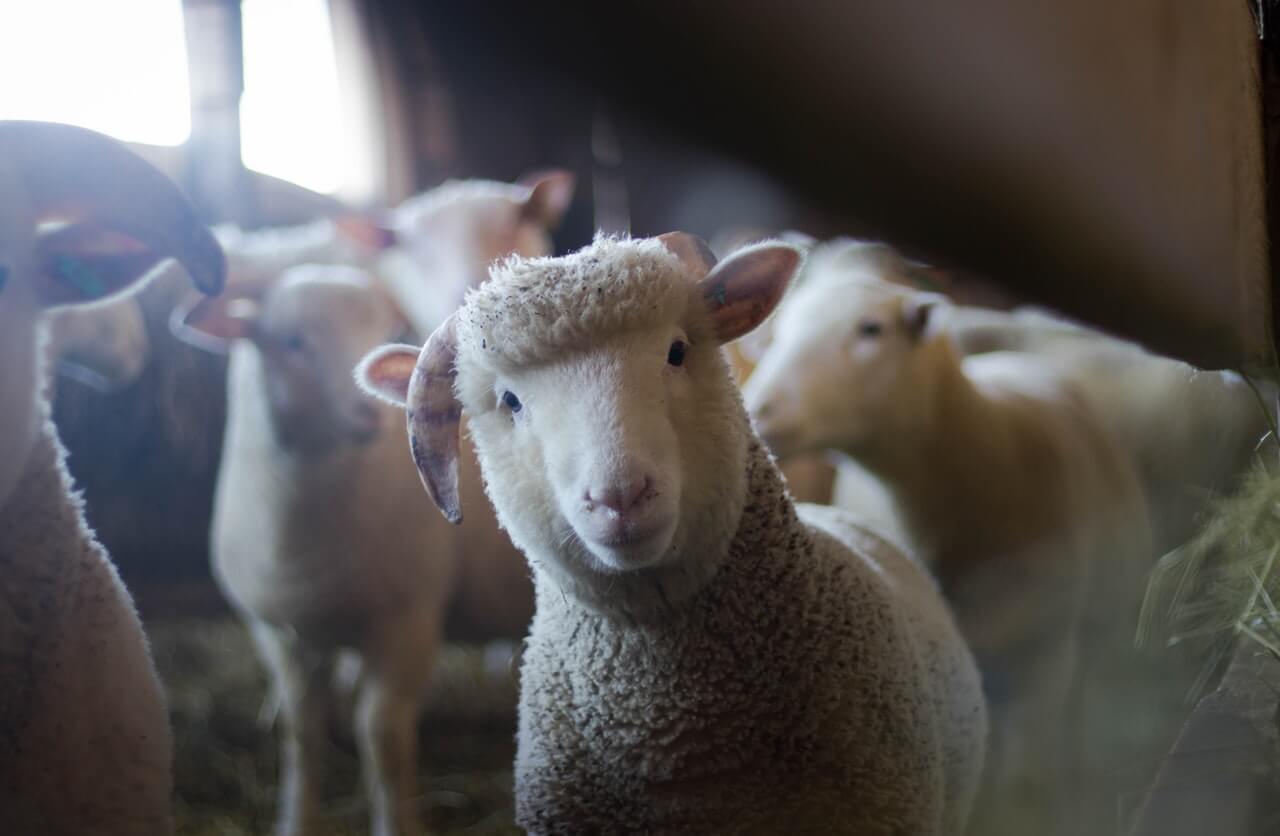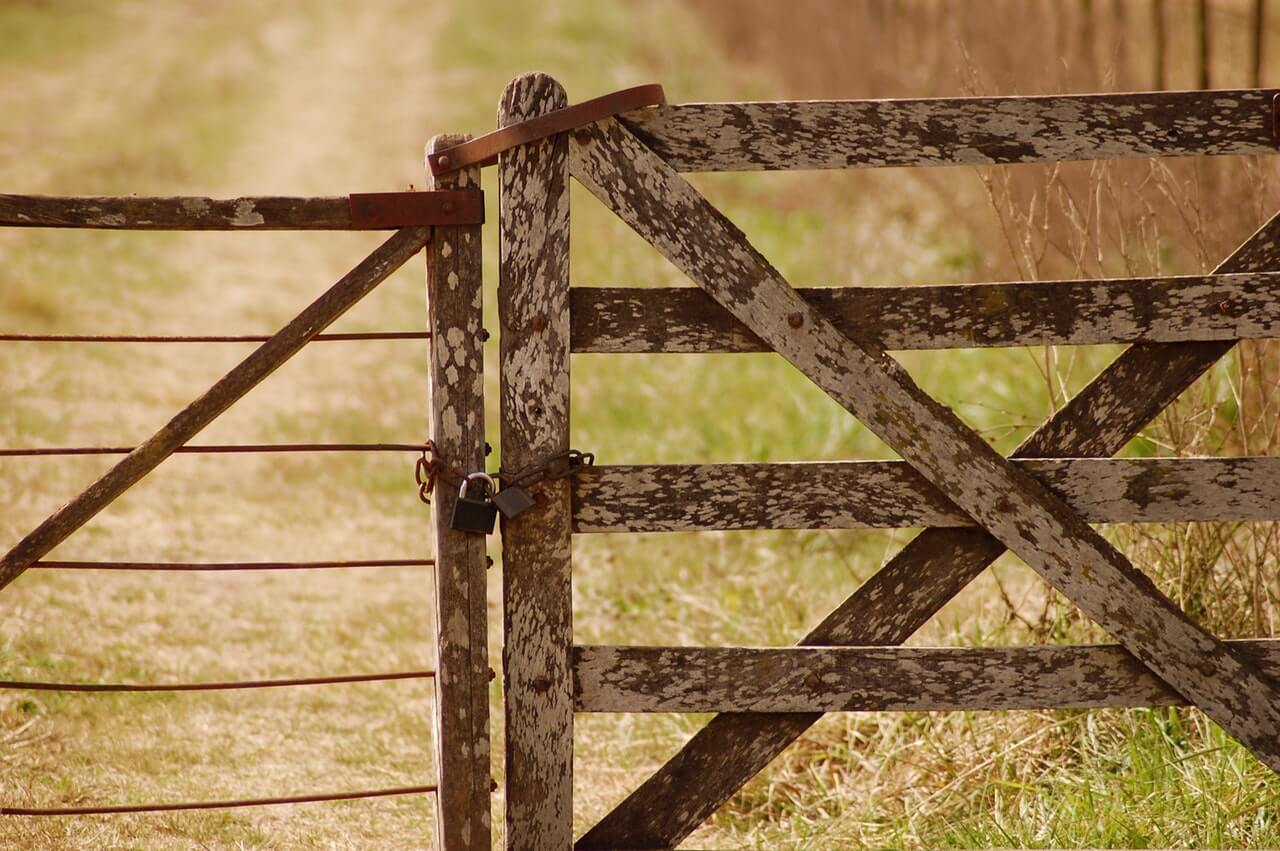
4 Livestock Species And Their Electric Fence Needs
Your livestock is an investment of time, money, and resources. Don’t let your investment go to waste with faulty fencing. JAG Products, Inc. keeps your
When working on ground rod installation for your electric fence setup, there are two major considerations that will determine the effectiveness:
Dry soil simply cannot conduct electricity in a way that is going to effectively run your fence. If you live in an area that is typically arid, you’re going to want to approach grounding your fence differently than someone who gets a decent amount of rainfall each year. You’ll want to install more grounding rods to get the most bang for your buck.
Depending on what livestock you’re keeping in, you may require multiple grounding rods, based on the amount of current you’re sending out from your charger. Smaller, docile animals require less current than larger, mobile animals.
Without proper grounding, your fence will not be effective. A common misconception is that the electric circuit is complete when the animal touches the fence. That’s simply not true. The completion of the circuit relies on proper grounding.
When your livestock comes into contact with the fence, the charge travels from the charger, through the fence line, through the animal, through the ground that the animal is standing on, into the grounding rod, and finally back into the charger. Only at that point is the electricity able to conduct through the animal.
The biggest decision you’re going to make during ground rod installation is whether you want a hot/ground fence or an all-live fence.
In a hot/ground fence, alternating wires are live and grounded. This bypasses the ground rod, which may be ineffective due to dry soil. The circuit is completed between two wires of the fence, on of which leads directly back to the charger box.

Your livestock is an investment of time, money, and resources. Don’t let your investment go to waste with faulty fencing. JAG Products, Inc. keeps your

Establishing a durable and reliable electric fence is your best choice for keeping livestock in and predators out. Proper installation is the key. We’ve rounded

Your choices in electric fence post installation will be largely based on what critter you’re trying to contain. You’ll also want to consider your budget,

When working on ground rod installation for your electric fence setup, there are two major considerations that will determine the effectiveness: 1. How Conductive The Soil Is
Copyright © JAG Product Inc. 2022 | Website Design and Development Snowy Mountain Marketing